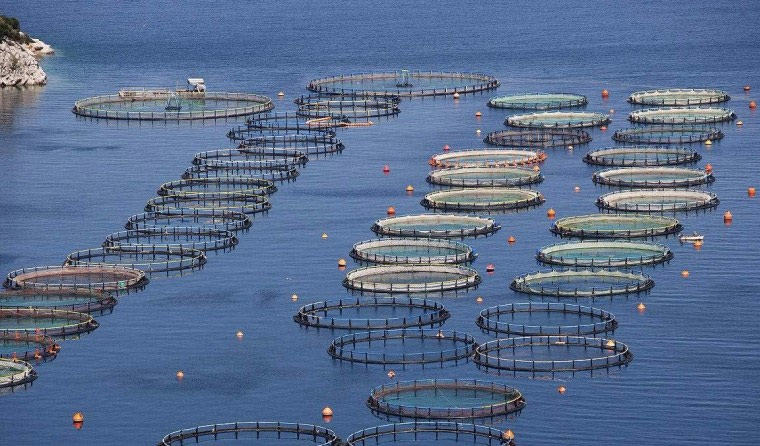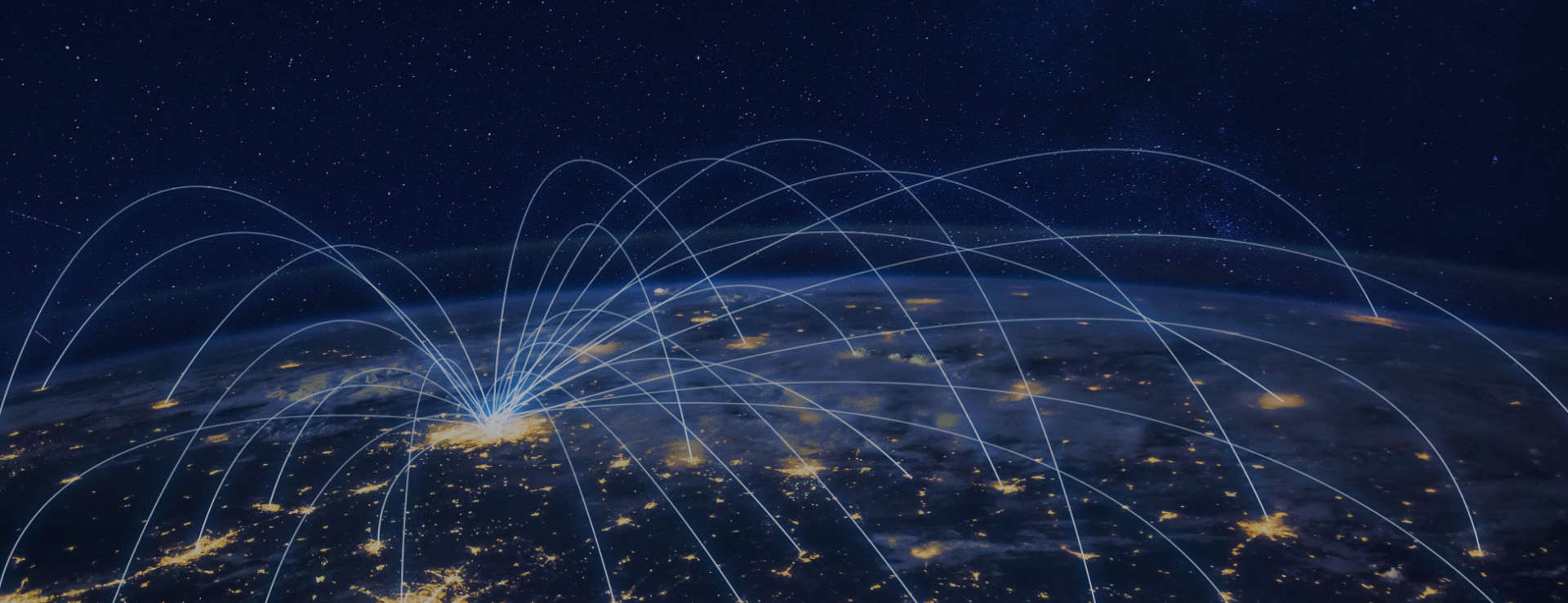Requirements of Deep-Sea Aquaculture for Underwater Aquaculture Cameras
Hits: 696 Time: October 29,2025

The complex and harsh environment of deep-sea aquaculture imposes much stricter requirements on the performance, durability, and adaptability of underwater aquaculture cameras than shallow-sea or freshwater aquaculture. These requirements must be centered on the special environmental characteristics of the deep sea and carried out from three core dimensions: hardware protection, functional adaptation, and stable operation, to ensure that the cameras can continuously and accurately serve aquaculture monitoring.
The high pressure, low temperature, and high salinity of the deep sea are the primary challenges for cameras, and hardware protection must be comprehensive and high-strength.
-
High-Pressure Resistance: For every 10 meters increase in water depth in the deep sea, the pressure increases by approximately 1 standard atmosphere. Aquaculture areas are mostly concentrated at water depths of 50-200 meters. Cameras must have a waterproof rating of at least IP68 (or higher) for depths above 50 meters. The shell should be made of pressure-resistant materials such as titanium alloy and high-strength engineering plastics to prevent shell deformation or water ingress from damaging internal components.
-
Corrosion Resistance and Anti-Biological Fouling: Seawater has high salinity and strong corrosiveness. The camera shell and interfaces must undergo special anti-corrosion treatment (such as chrome plating and anti-corrosion coating spraying). At the same time, the lens surface should be coated with an anti-biological fouling layer to prevent marine organisms such as algae and shellfish from attaching and blocking the screen, ensuring long-term clear imaging.
-
Low-Temperature Adaptability: The water temperature in the deep sea remains at 0-10℃ all year round, and some areas are even lower. Cameras must use low-temperature-resistant components to ensure that the lens does not condense and the circuit does not freeze in a low-temperature environment. They should start and operate normally to avoid functional failure due to excessively low temperatures.

The monitoring targets of deep-sea aquaculture (such as fish school activities, cage status, and water quality changes) are more complex. Camera functions must be adaptively adjusted to make up for the shortcomings of manual monitoring.
-
HD Night Vision and Low-Light Imaging: Light is weak in the deep sea, and natural light is difficult to penetrate. Cameras must be equipped with high-sensitivity image sensors and infrared fill-light modules to achieve HD imaging of 1080P or higher even in a completely dark environment. This allows clear capture of the body color and swimming status of deep-sea farmed fish such as cod and salmon, as well as whether there are damages to the cages.
-
Wide-Angle and Remote Control: Deep-sea aquaculture cages are large (often 50-100 meters in diameter). A single camera needs to cover a wider range, so the lens must have a wide-angle feature (with a viewing angle of 120° or more). At the same time, it should support remote pan-tilt control, allowing adjustment of the shooting angle and focal length through the onshore system. This enables flexible monitoring of different areas and depths of the cage, reducing the number of cameras installed.
-
Linked Monitoring of Water Quality Parameters: Pure image monitoring cannot fully reflect the deep-sea environment. High-quality cameras need to reserve sensor interfaces, which can be connected to water quality sensors such as water temperature, dissolved oxygen, and pH value. They synchronously transmit image data and water quality data to help farmers comprehensively judge whether the environment is suitable for fish growth and adjust aquaculture strategies in a timely manner.
The deep-sea environment is remote, and equipment maintenance is difficult and costly. Cameras must have high stability and low failure rates to reduce the frequency of operation and maintenance.
-
Low Power Consumption and Long Battery Life: Most deep-sea cameras rely on underwater cables or batteries for power supply. If batteries are used, they must be designed with low power consumption, supporting continuous operation for 3-6 months on a single charge. If cables are used, special underwater cables that are anti-pulling and anti-breaking must be equipped to avoid cable damage caused by water flow impact.
-
Anti-Interference and Stable Transmission: The deep sea has complex electromagnetic interference (such as signals from submarine cables and discharges from marine organisms). Cameras must have anti-electromagnetic interference capabilities and use optical fiber or 4G/5G underwater transmission modules at the same time. This ensures that images and data can be stably transmitted to the onshore control center, avoiding signal interruption or delay.
-
Fault Self-Detection and Alarm: Cameras need to have a built-in fault self-detection function. When problems such as waterproof failure, low battery, or lens blockage occur, they can automatically send alarm signals to the onshore system, reminding staff to check in a timely manner. This avoids monitoring interruption due to equipment failure and reduces aquaculture risks.
For more information about underwater aquaculture camera, please visit the homepage.




